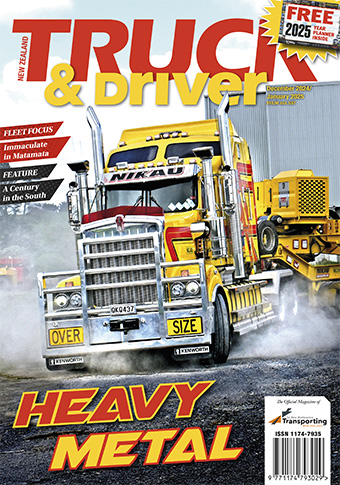
Universal RUC’s needed to future-proof transport funding
Posted: 30-Aug-2024 |
Road Freight Peak Body Ia Ara Aotearoa Transporting New Zealand has welcomed the announcement from Transport Minister Simeon Brown that legislation moving all light vehicles off fuel excise and into the Road User Charges system will be progressed next year, with the switch being implemented as soon as 2027.
Interim Chief Executive Dom Kalasih says while paying fuel excise at-the-pump was convenient for drivers, changes in vehicle technology and variability in fuel consumption meant it wasn’t an effective way of vehicle users paying a fair contribution towards road upkeep.
“Newer vehicles are becoming more fuel efficient, even as their weight and associated pavement-wear has increased. You have users of older, lighter vehicles paying more towards road upkeep than heavier, more modern petrol SUVs.”
Kalasih says that moving all vehicles to the Road User Charges system would allow charging based on a vehicle’s impact on the roads, as was the case with diesel vehicles, including heavy trucks.
“Truck operators contribute a significant amount to the upkeep of roads through RUC contributions to the National Land Transport Fund, based on the weight-based calculation of the impact those vehicles have on the pavement. That’s a RUC rate of over $600 per 1000km in some cases. It’s important for the sustainability of the funding model that all vehicle classes are contributing, so we can get our roads operating more efficiently and safely, particularly with mounting cost pressures.”
Kalasih says he’s also pleased to see Minister Brown commit to improvements in the RUC system ahead of the wider implementation.
“Bringing light vehicles into the scheme is a great opportunity to make purchasing RUC more efficient and customer-friendly, and ensure there’s good systems in placeto police RUC avoidance. That will benefit all road users, including our road freight operator members.
“We look forward to working with officials to provide practical input on how to implement the new system in a cost-effective and effective way.”




 + EQUIPMENT GUIDE - FREE
+ EQUIPMENT GUIDE - FREE
